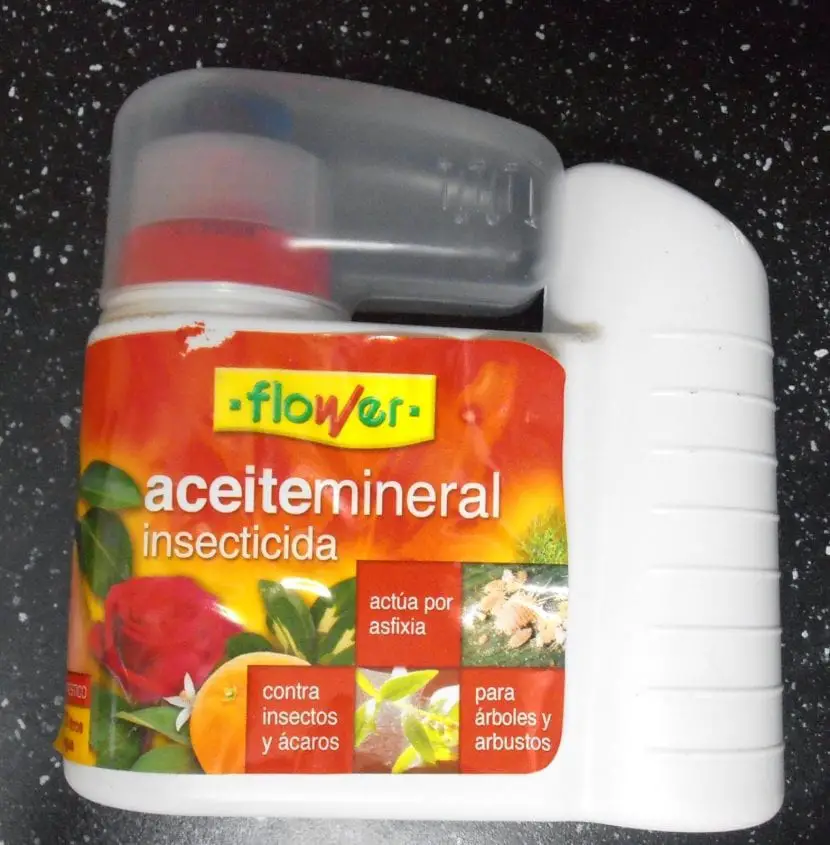

Image – The garden of joy
Plants throughout the year can be affected by a number of pests and other microorganisms that can cause diseases. To avoid this as much as possible, one of the things that can be done is treat them with suitable products before symptoms appear that can make us suspect that there is an insect, fungus, virus or bacteria that is affecting them.
One of the most effective treatments is with insecticidal oil. A very interesting product with which you can prevent the appearance of aphids, whiteflies, mealybugs, among others, keeping our beloved plants in perfect condition.


In the environment there are a number of insects that can do a lot of damage to plants. We have already mentioned some of them, but there are many others that we have to keep under control, such as mites, nematodes, or larvae. When we see a plant that is being attacked, we will observe that it always presents more or less the same symptoms:
- Yellow or discolored spots on the leaves.
- Bitten or pierced leaves and / or stems.
- Growth arrest.
- Flower abortion and wilting.
- The plant looks sad.
What do we have to do to avoid this? In addition, to water and fertilize them whenever necessary, It is also very important to give them preventive treatments throughout the year against pests and diseases with insecticidal oil.which is a product that we will find for sale in any nursery and garden store, even online.
The way of application is by diluting a small amount in a liter of water. Dosage will vary depending on the concentration of the insecticidal oil, but is generally:
- Ornamental, citrus and olive bushes: between 10 and 20ml / liter of water.
- Stone fruit and pipette: between 7 and 10ml / liter of water.
- Banana trees: 10-15ml / liter of water.
It mixes well, and the plant is pulverized that you want to treat.


Thus, we will have beautiful and healthy plants .

